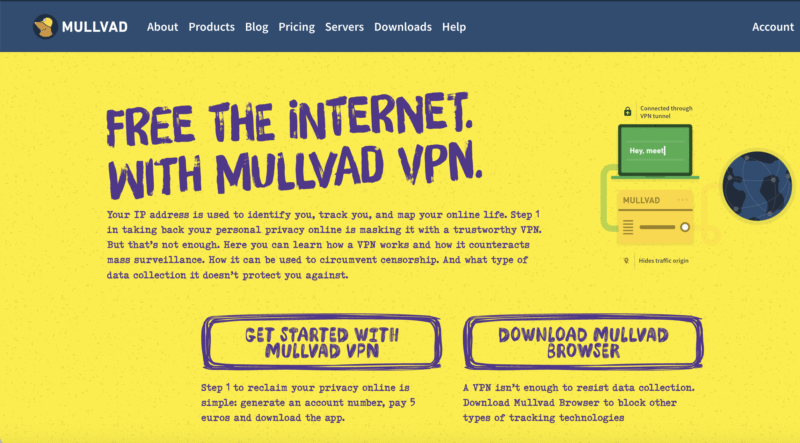Mullvad VPN Expands QUIC Obfuscation to Android and iOS
QUIC Obfuscation is designed to disguise WireGuard traffic to help bypass firewalls and censorship. It’s now available on desktop platforms, Android and iOS devices.

In September 2025, Mullvad VPN announced its new QUIC obfuscation for WireGuard on all desktop VPN platforms. Now QUIC obfuscation is also available on iOS and Android devices, expanding the effectiveness of Mullvad VPN’s ability to bypass firewalls and VPN censorship.
QUIC is a transport protocol that tunnels UDP, an internet communication protocol, through an HTTP server acting as a proxy. This VPN obfuscation works by masking encryption traffic to make it look like normal HTTP web traffic, which generally is not blocked by state-level censors.
Using Mullvad VPN’s default settings, if a user has a few failed connection attempts, the app will automatically try QUIC obfuscation. However, users can configure the VPN app to always use QUIC.
Note that enabling QUIC does not enhance performance or privacy benefits of the VPN, and it should be used only if users have trouble connecting or if users are in a restrictive location.
Here’s how to enable QUIC obfuscation:
- On Desktop:
- Make sure you’re using at least version 2025.9 of the desktop Mullvad VPN app.
- Go to Settings > VPN Settings > WireGuard Settings > Obfuscation > select QUIC
- You can also run the following terminal command: mullvad obfuscation set mode quic
- On Android/iOS:
- Make sure you’re using at least version 2025.8 on Android or iOS
- Go to Settings > VPN Settings > WireGuard obfuscation > select QUIC.
Although Mullvad is the first major VPN to implement QUIC obfuscation, several other providers have come up with other ways to bypass censorship and network restrictions. NordVPN and ProtonVPN developed their proprietary NordWhisper and Stealth protocols respectively, while ExpressVPN and Surfshark have created modified versions of the OpenVPN protocol to support obfuscation.

